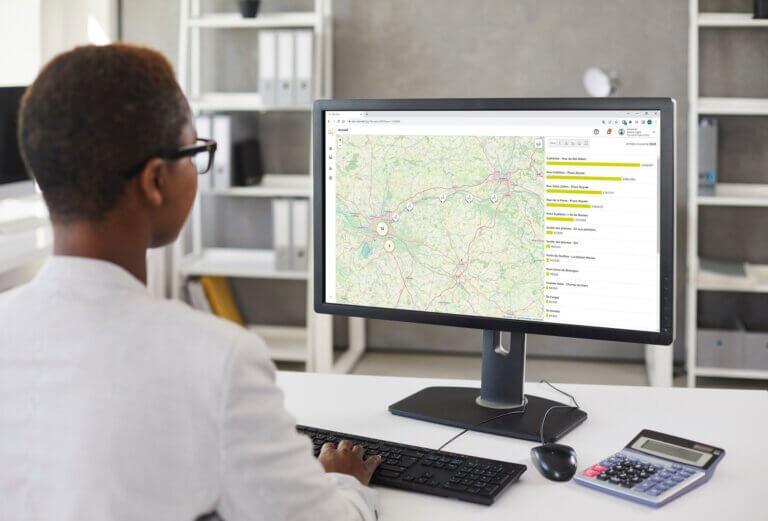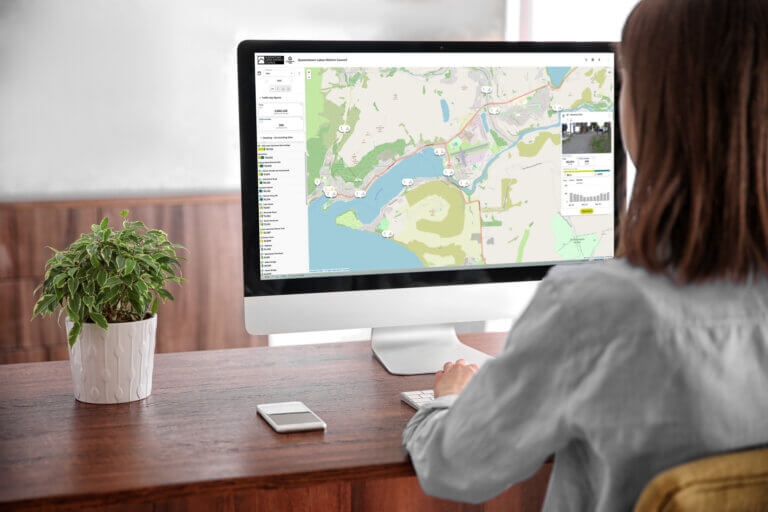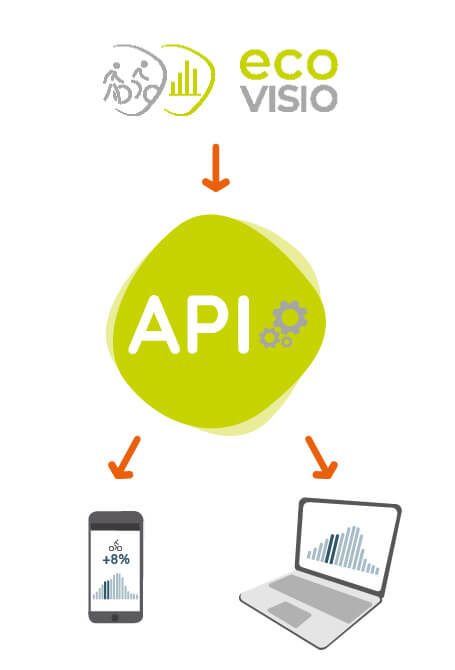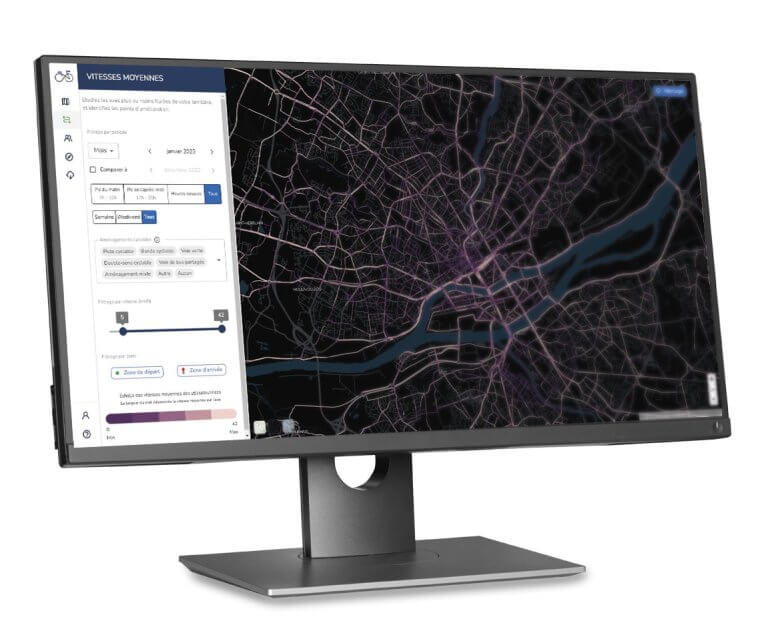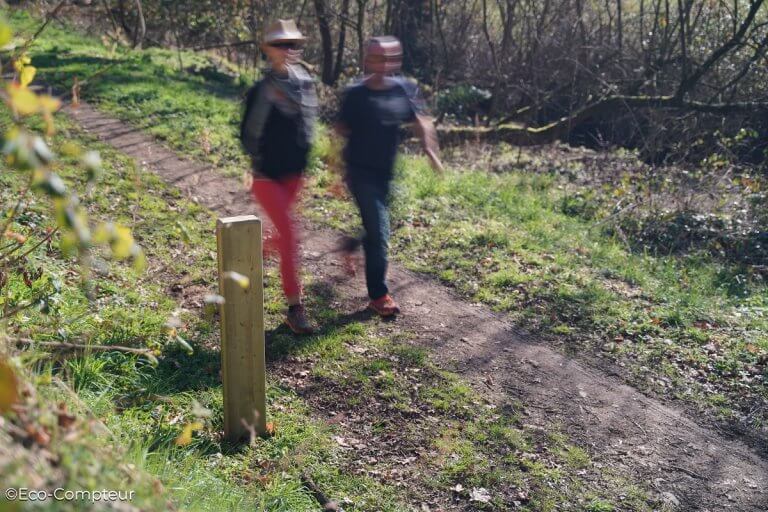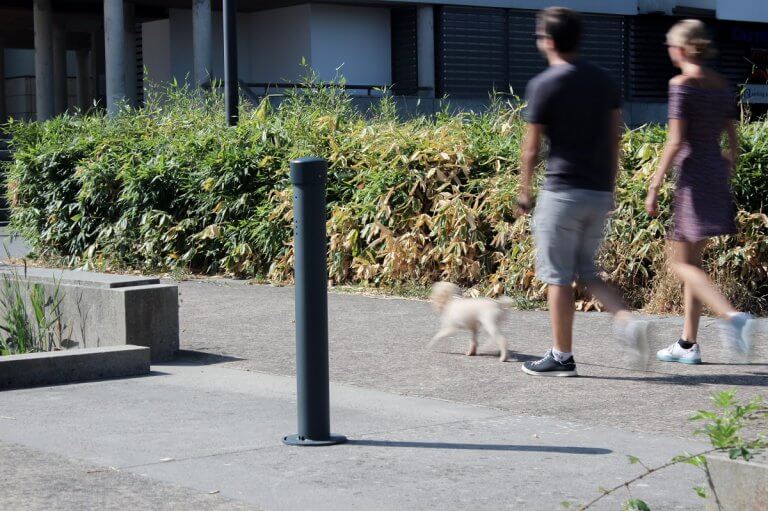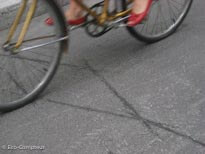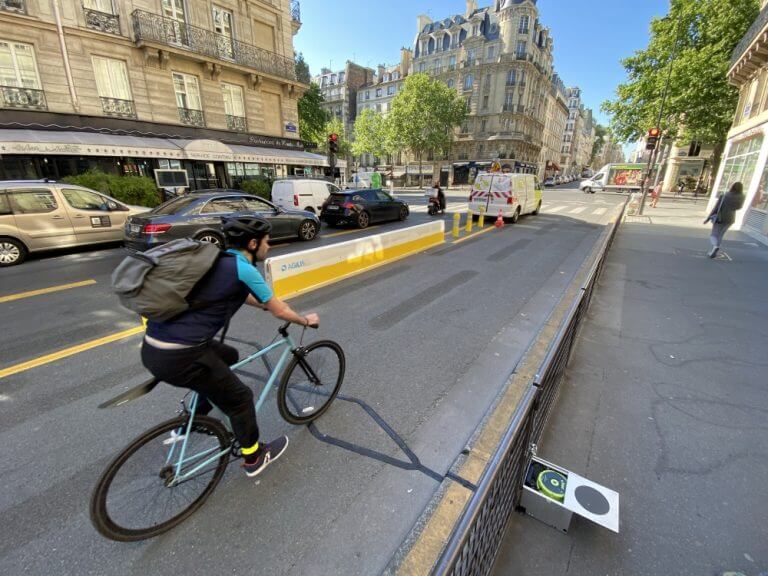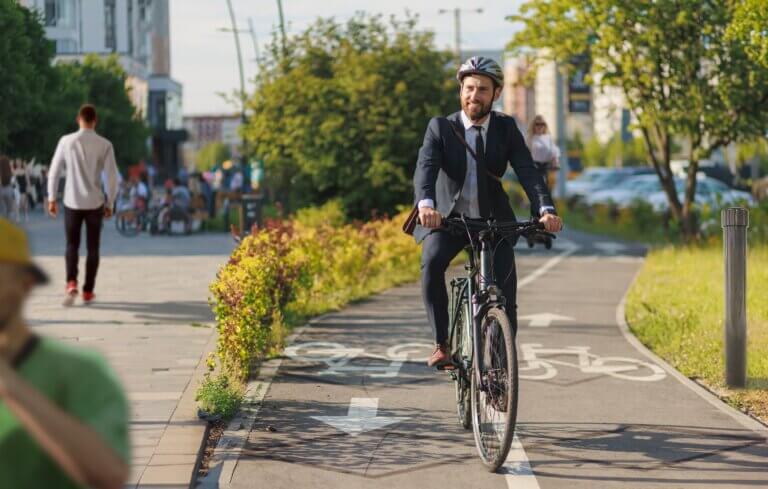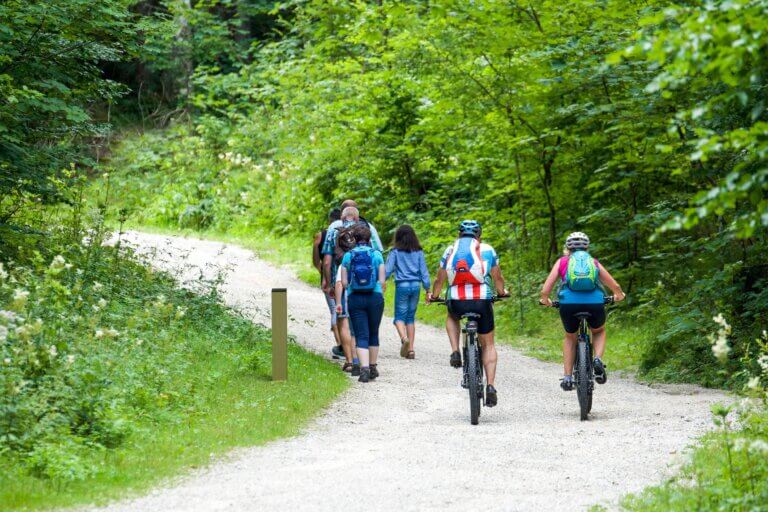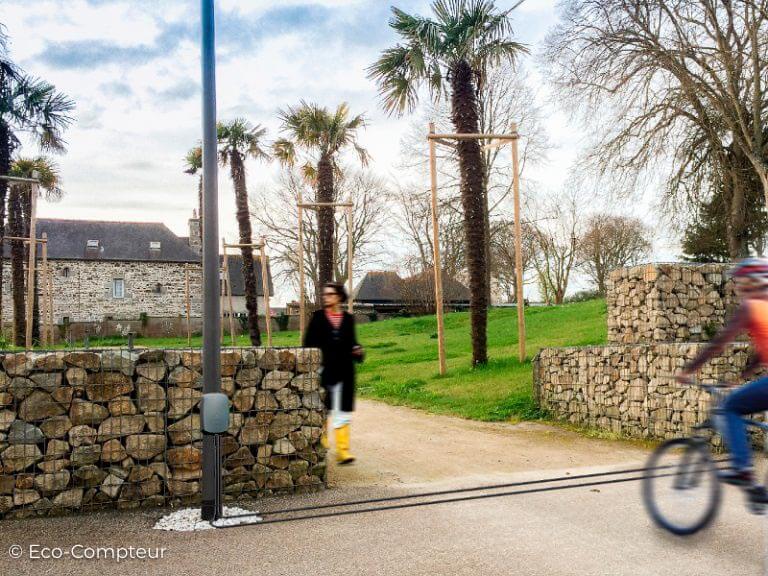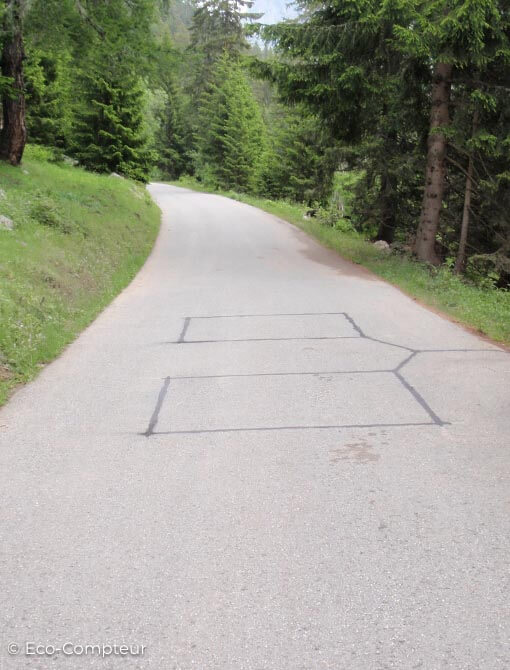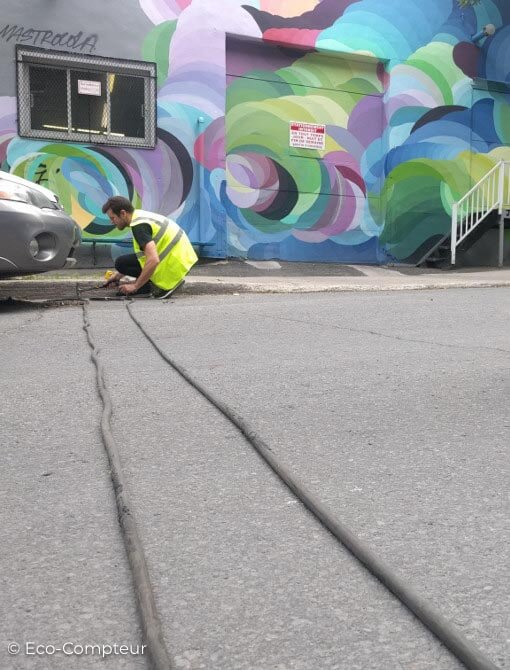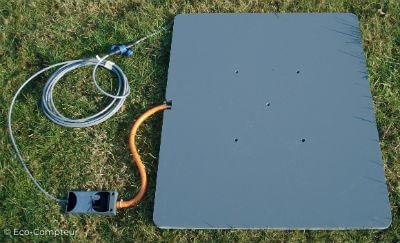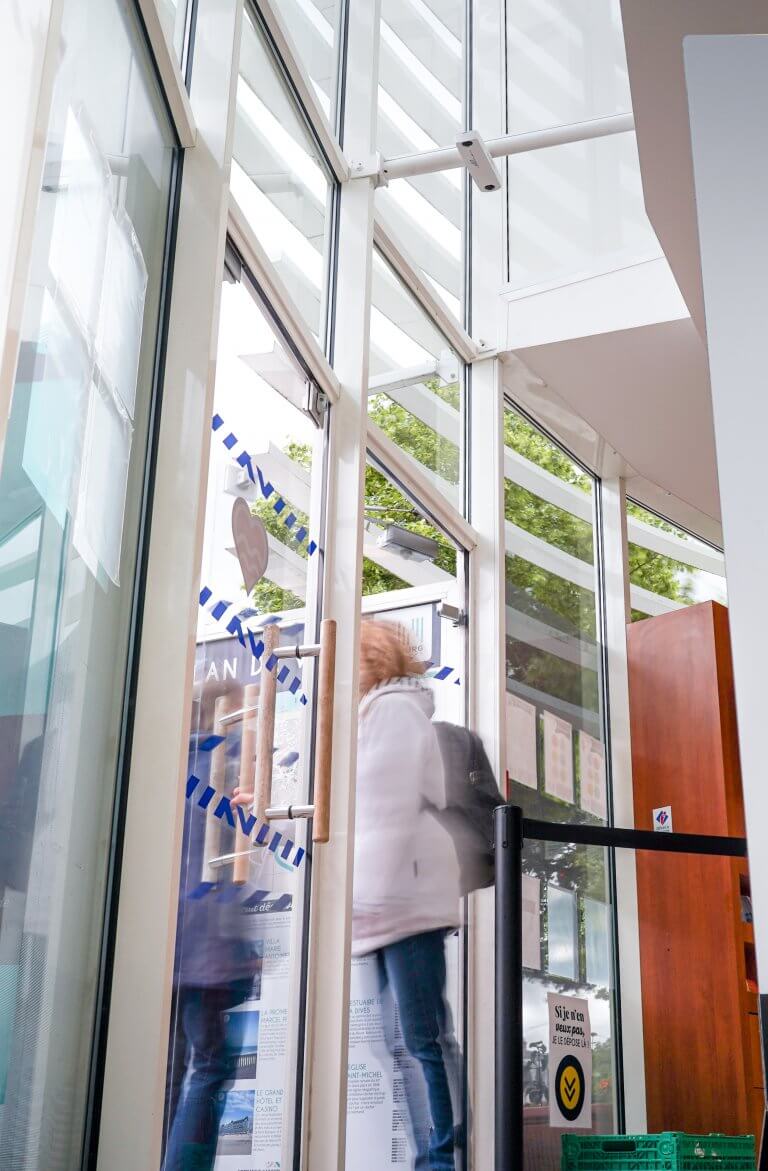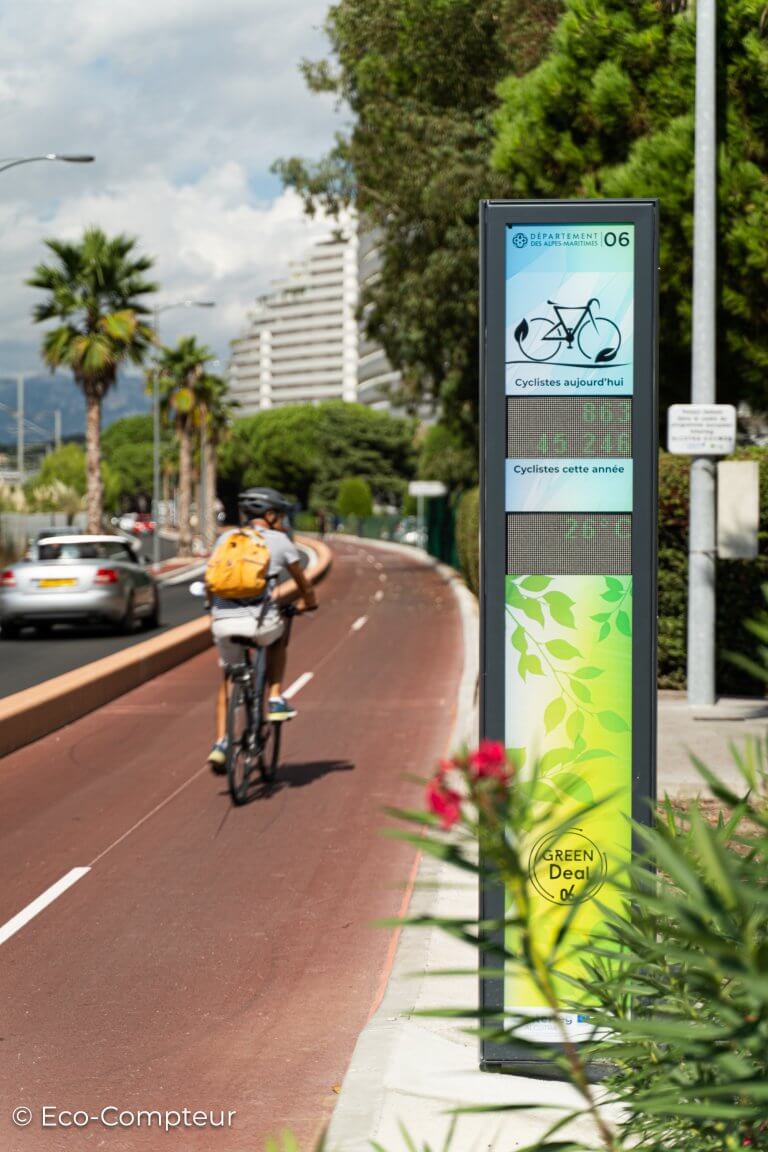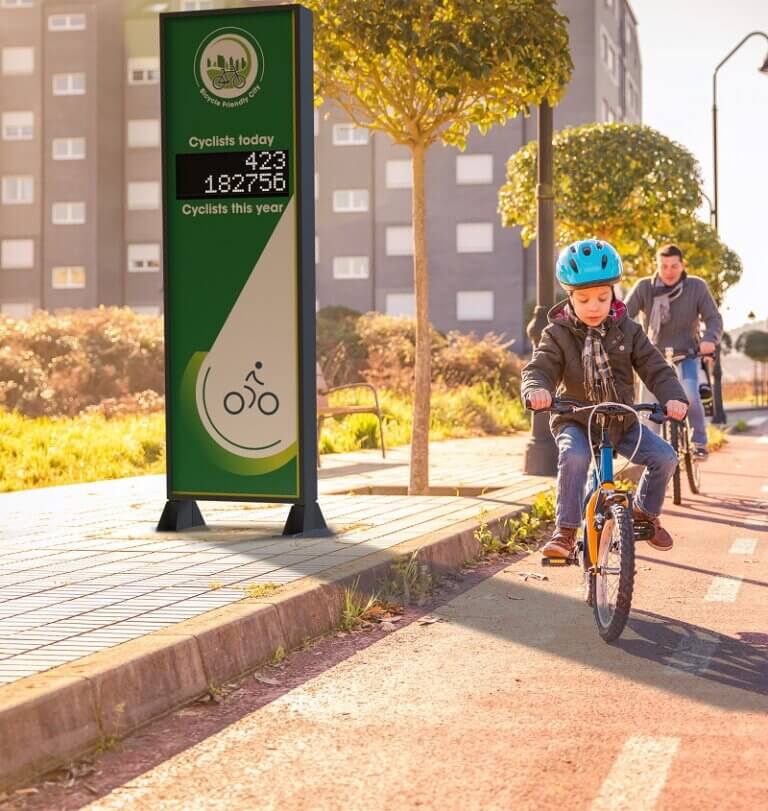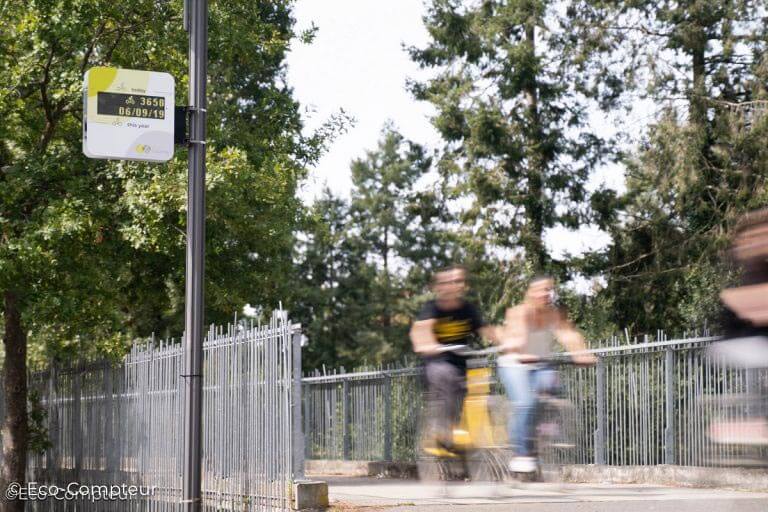Castles of Alsace, Alsace Destination Tourisme
The castles of Alsace are emblematic monuments of the Alsatian heritage and are among the major tourist attractions of the region. Within the framework of the “Convention Interrégionale du Massif des Vosges”, the tourism agency of the European Collectivity of Alsace, Alsace Destination Tourisme has set up a program to monitor the number of visitors to these sites. Feedback.
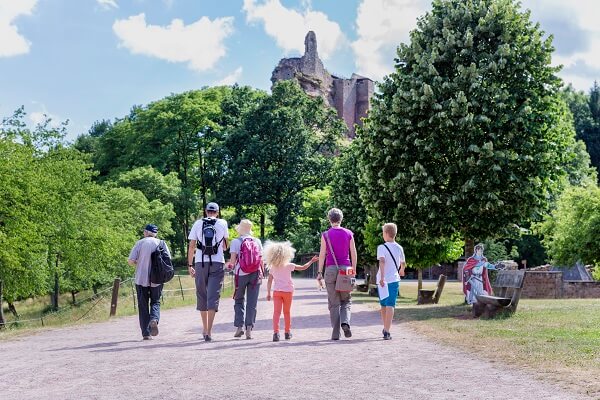
Fleckenstein Castle ©ADT-E.List
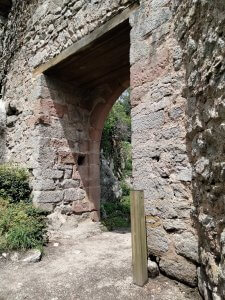
Compteur piéton PYRO Evo Nature installé à l’entrée du site d’Ortenbourg. Crédit photo : Guillaume Maciel
A network of 17 pedestrian counters installed in summer 2021
For the most part, the castles of Alsace are open-air ruins, with free and direct access, and which did not benefit, until 2021, from specific measures of attendance (other than a simple visual gauge). In order to evaluate the frequentation of the sites, and to be able to bring answers to the stakes related to the visit, a network of 17 pedestrian counters was installed in summer 2021 (mainly PYRO Evo, in declination Pole Wood, PYRO Box Evo and Urban Pole Evo).
The objective of this project is to be able to enhance, develop and support a growth of tourism around these sites, providing figures to objectify the feeling, and defend the project on the whole territory.
As Guillaume Maciel, “Castles” project manager for ADT, points out:
“Having figures is essential, it is strategic, to develop a project, because the quantified data is a strong argument to justify the investments related to the development of our heritage.”
Data to develop and animate the sites
On a day-to-day basis, this data is used to guide the maintenance and organization of the various castles: signage, furniture and amenities, choice of activities, opening hours, presence on site, maintenance, etc.
One of the particularities of the castles of Alsace is that they are maintained and operated by associations (tourist offices or conservation associations). Within the framework of this project, the ownership of the meters has been transferred by contract to the site managers, with an obligation of maintenance during the exploitation period. This implies a commitment to manage the meter, to check the data feedback and to maintain it over time.
For Carole Heiligenstein, in charge of Alsace Destination Tourisme:
“The PYRO Evo counters are a good answer to our outdoor issues, as they do not require electricity or heavy constraints like cameras, and can even work in the absence of a mobile network (via manual reading).”
Eventually, Alsace Destination Tourisme would like to know the precise number of visitors to all the sites (and not just the number of visits as is the default with the systems) by working on site entry/exit coefficients and an aggregation of the results at the regional level. The initial analysis already shows a higher attendance than the first hypotheses.
Analysis of sites with and without ticketing
On some sites (such as the Fleckenstein castle or the Grande aux Paysages in Lorentzen), the data allows for a more detailed analysis of the site’s attendance and to study the “complementary” clientele such as hikers in the vicinity, who are present on the site but do not necessarily pay a visit.
It is interesting to have a global vision of the site’s frequentation, which includes not only the visitors who buy an entrance ticket but also, more broadly, all the hikers/walkers who pass by. This gives an idea of the total number of visitors present on the massif, and therefore of the margins of progress to capture attention more effectively.
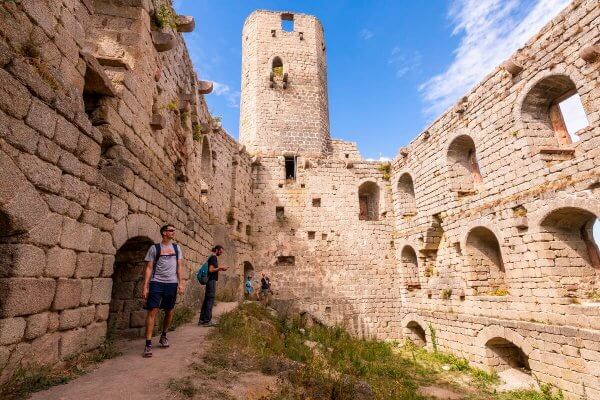
Château Haut-Andlau. Photo credit: INFRA – ADT
Identify the peaks of frequentation to better manage the sites
While waiting for a more complete history, the attendance data allows us to identify the peaks at different times of the year, and on different sites, which allows the association that manages the reception on this site to adjust future events on this basis, and to carry out all the actions necessary for the security of the site, particularly in terms of mobilization on site, the castles being “operated” by volunteers, often in small teams.




